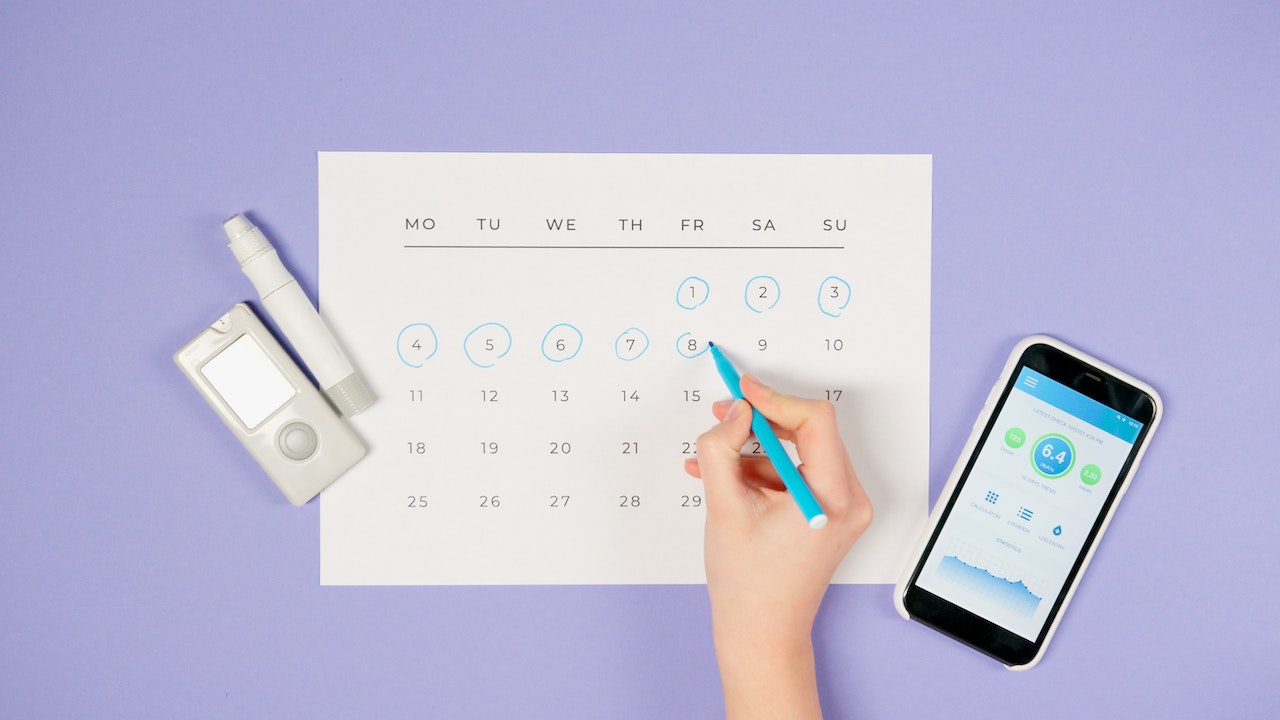
The CGM or Continuous Glucose Monitor is something that I have been interested in trying out for a while now, but have yet to pull the trigger.
While it can be extremely beneficial, it can also be dangerous if you don’t know how to read it correctly.
A hard workout will spike the numbers, however, a vodka and soda water will not. So numbers would tell you to not workout and go ahead and drink all you want. Umm…don’t do that by the way. Glucose spike during workout is normal.
So what exactly is a CGM and is it right for you?
Continuous glucose monitoring (CGM) is a technology that helps people with diabetes to monitor their blood sugar levels in real time. It involves a small device that is worn on the skin and continuously tracks glucose levels throughout the day and night. Thus, providing users with valuable information about their blood sugar trends and patterns.
Benefits of a Continuous Glucose Monitor (CGM)
The primary benefit of a CGM is that it provides more accurate and comprehensive glucose data compared to traditional blood glucose testing methods. This can help individuals with diabetes better manage their condition, improve their overall health, and prevent complications such as hyperglycemia and hypoglycemia.
Additionally, CGMs offer several other benefits, including:
- Improved glycemic control. CGMs provide more frequent and comprehensive glucose data. So it can help people with diabetes make more informed decisions about their diet, exercise, and medication use. This, in turn, can lead to better glycemic control and improved overall health.
- Reduced risk of hypoglycemia. CGMs can help individuals with diabetes detect low blood sugar levels before they become severe, reducing the risk of hypoglycemia-related complications.
- Increased convenience. CGMs are more convenient than traditional blood glucose testing methods, as they require fewer finger pricks and provide continuous glucose data throughout the day and night.
How to Read a Continuous Glucose Monitor (CGM)
CGMs typically display glucose data in real-time using a small handheld device or smartphone app. The device displays the current glucose level, as well as trends in glucose levels over time. Users can also set alerts to notify them when their glucose levels fall outside of their target range.
Drawbacks of CGMs for Non-Diabetics
While CGMs are primarily designed for people with diabetes, some non-diabetic individuals have started using them as a tool for monitoring their diet and lifestyle.
However, there are some potential drawbacks to using a CGM as a non-diabetic, including:
- Expense. CGMs can be expensive, and insurance may not cover the cost of the device or its ongoing use.
- Inaccuracy. CGMs are not for non-diabetic individuals, so their accuracy may be lower than for those with diabetes.
- Negative perception. Some people with diabetes may be offended or upset by non-diabetics wearing CGMs, as they see it as a trivialization of the challenges and risks associated with managing diabetes.
Benefits of Wearing a CGM for Non-Diabetics
Despite the potential drawbacks, wearing a CGM can provide several benefits for non-diabetic individuals, including:
- Improved awareness of how diet and lifestyle affect blood sugar. CGMs can help individuals better understand how their diet and lifestyle choices impact their blood sugar levels, providing valuable feedback for making healthier choices.
- Increased motivation to make healthy choices. Wearing a CGM can provide an added level of motivation to make healthier choices, as users can see the immediate impact of their choices on their blood sugar levels.
- Enhanced self-awareness. CGMs can help individuals better understand their body’s response to different foods and activities, providing valuable insights for optimizing their overall health and wellness.
Cost of a CGM and Best-Selling Brands
CGMs can be expensive, with costs ranging from several hundred to several thousand dollars per year, depending on the brand and insurance coverage.
Some of the best-selling brands of CGMs include:
- Dexcom. Dexcom is a popular brand of CGM that provides accurate and reliable glucose data in real-time.
- Freestyle Libre. Freestyle Libre is a less expensive option that uses a sensor attached to the back of the upper arm to track glucose levels.
- Medtronic. Medtronic offers several different CGM options, including systems that integrate
If you want to try out a Continuous Glucose Monitor (CGM) then do the research on how to read them and how they can benefit you. Keeping glucose spikes are critical in controlling cravings and have major benefits in losing weight.



